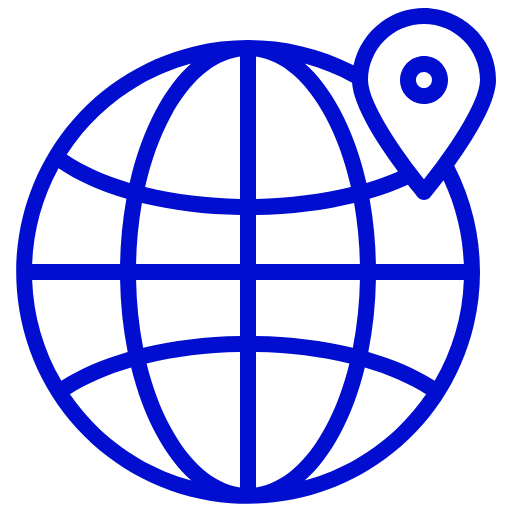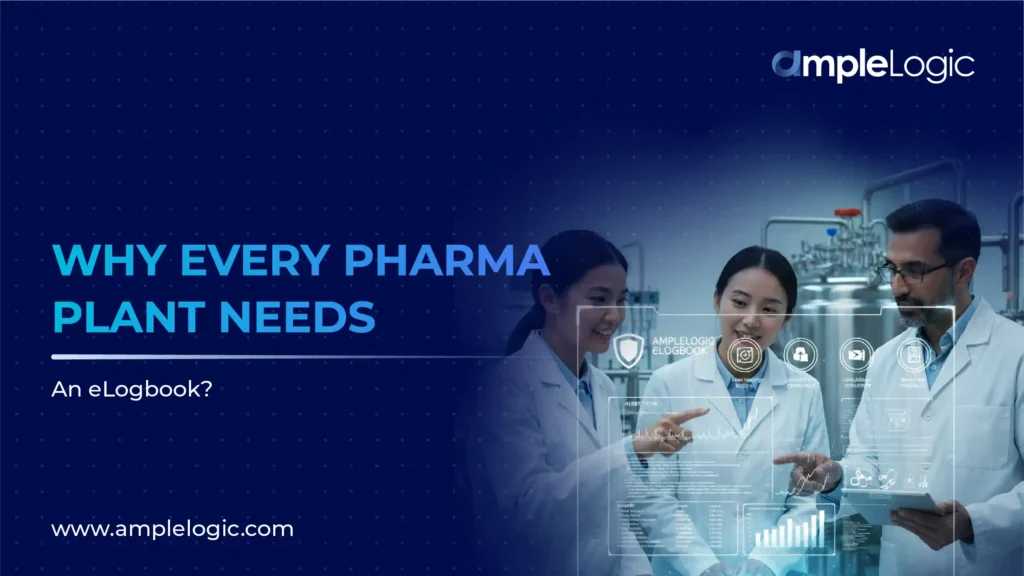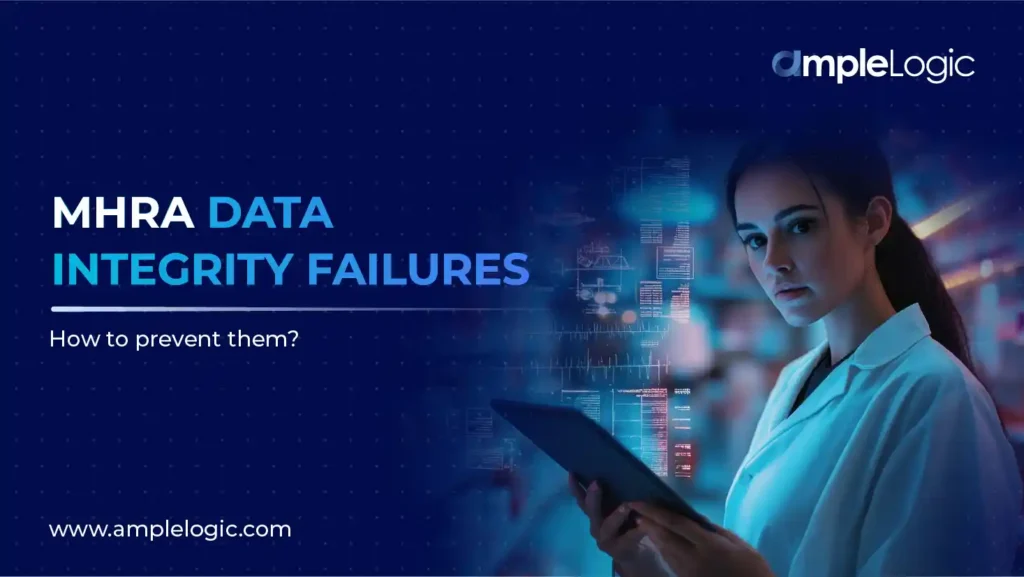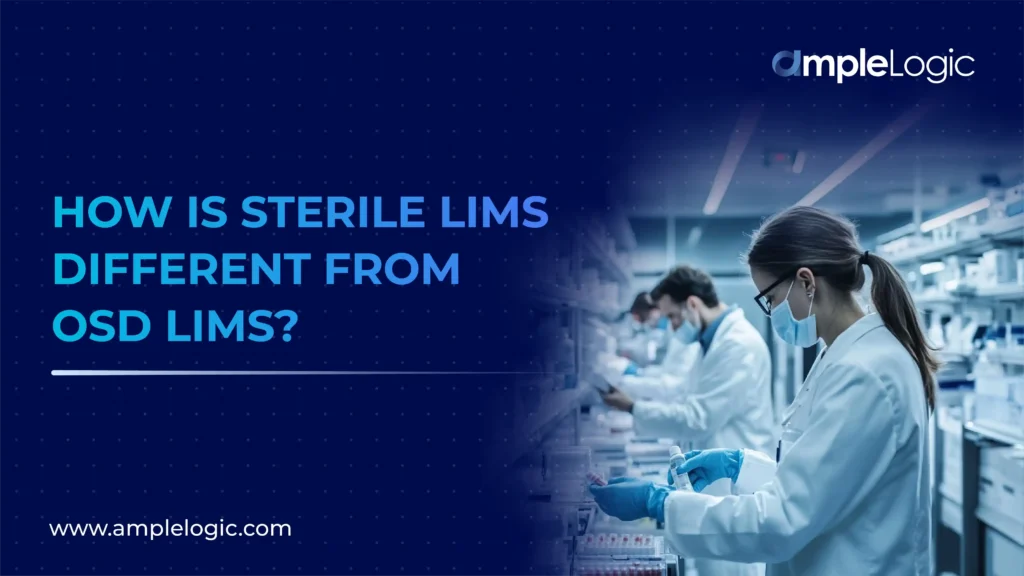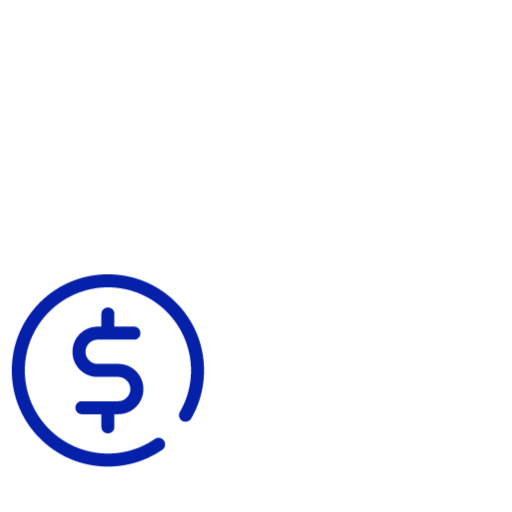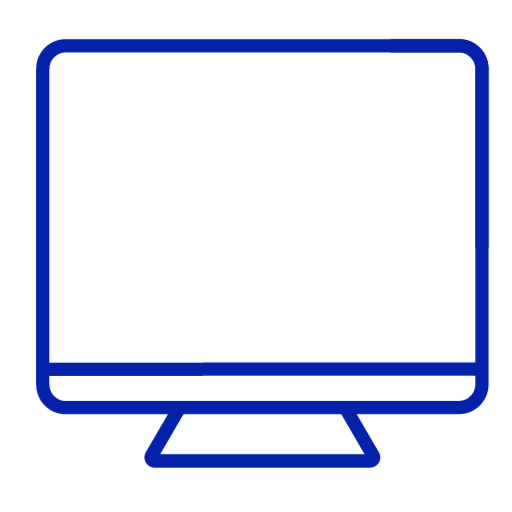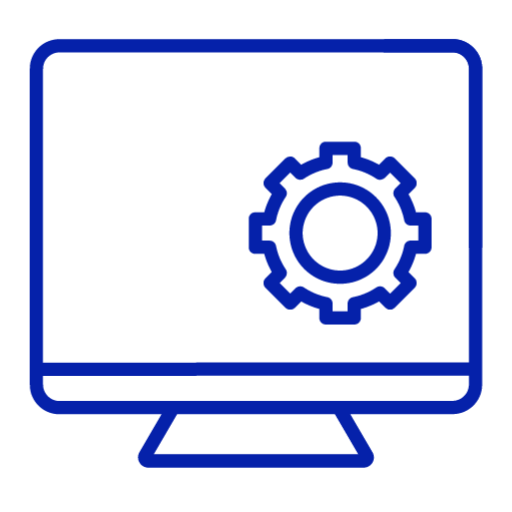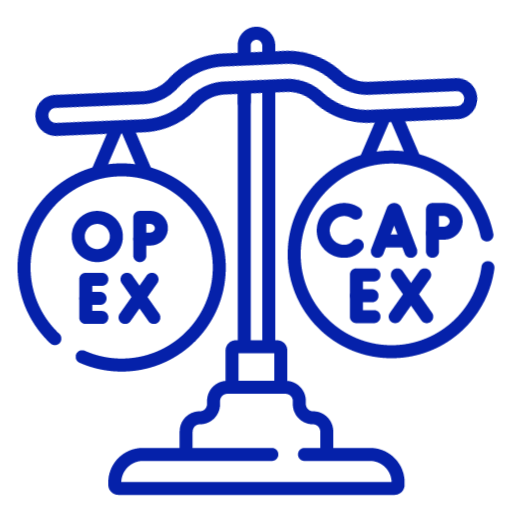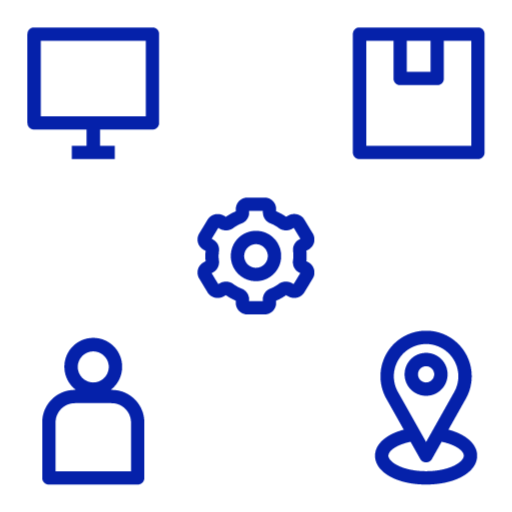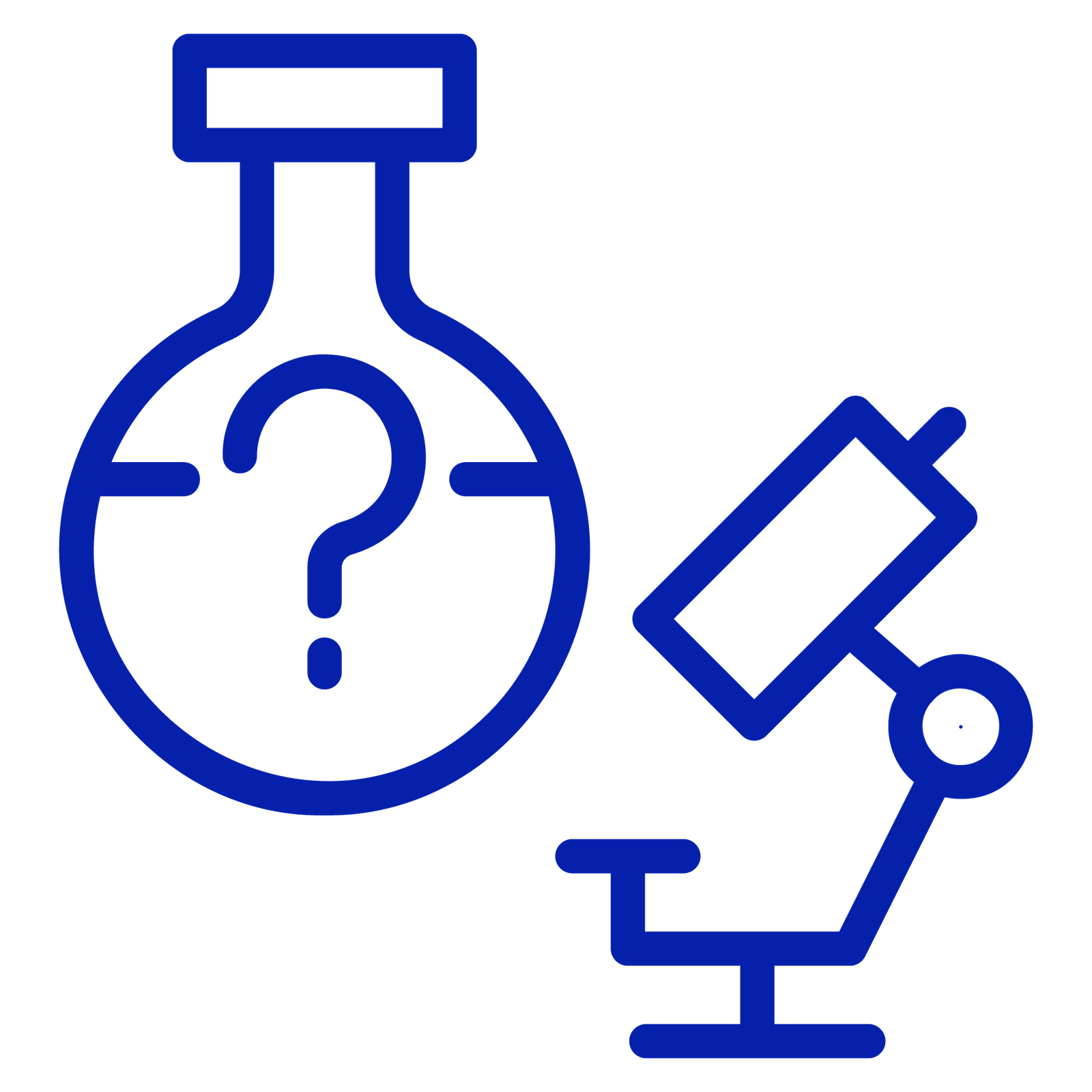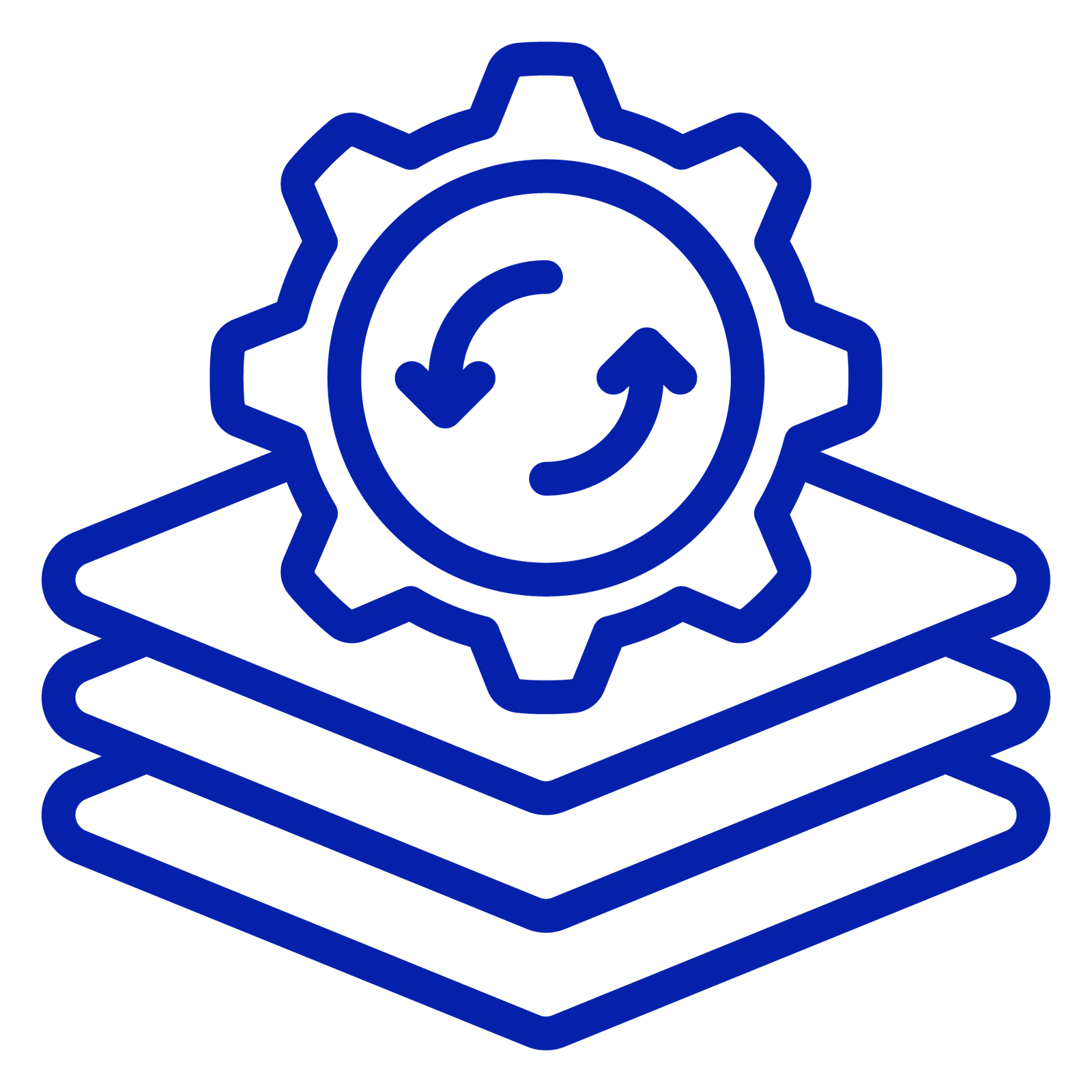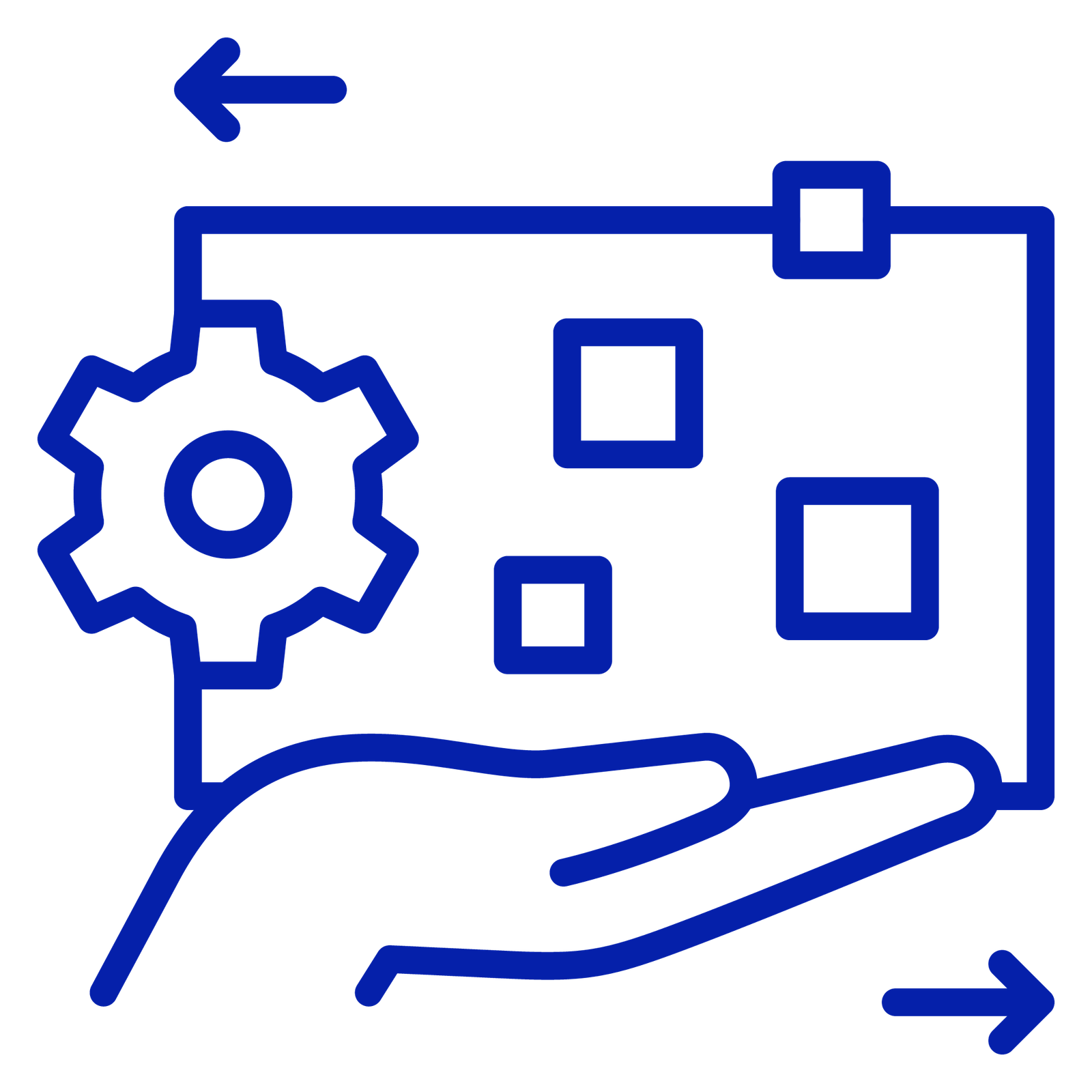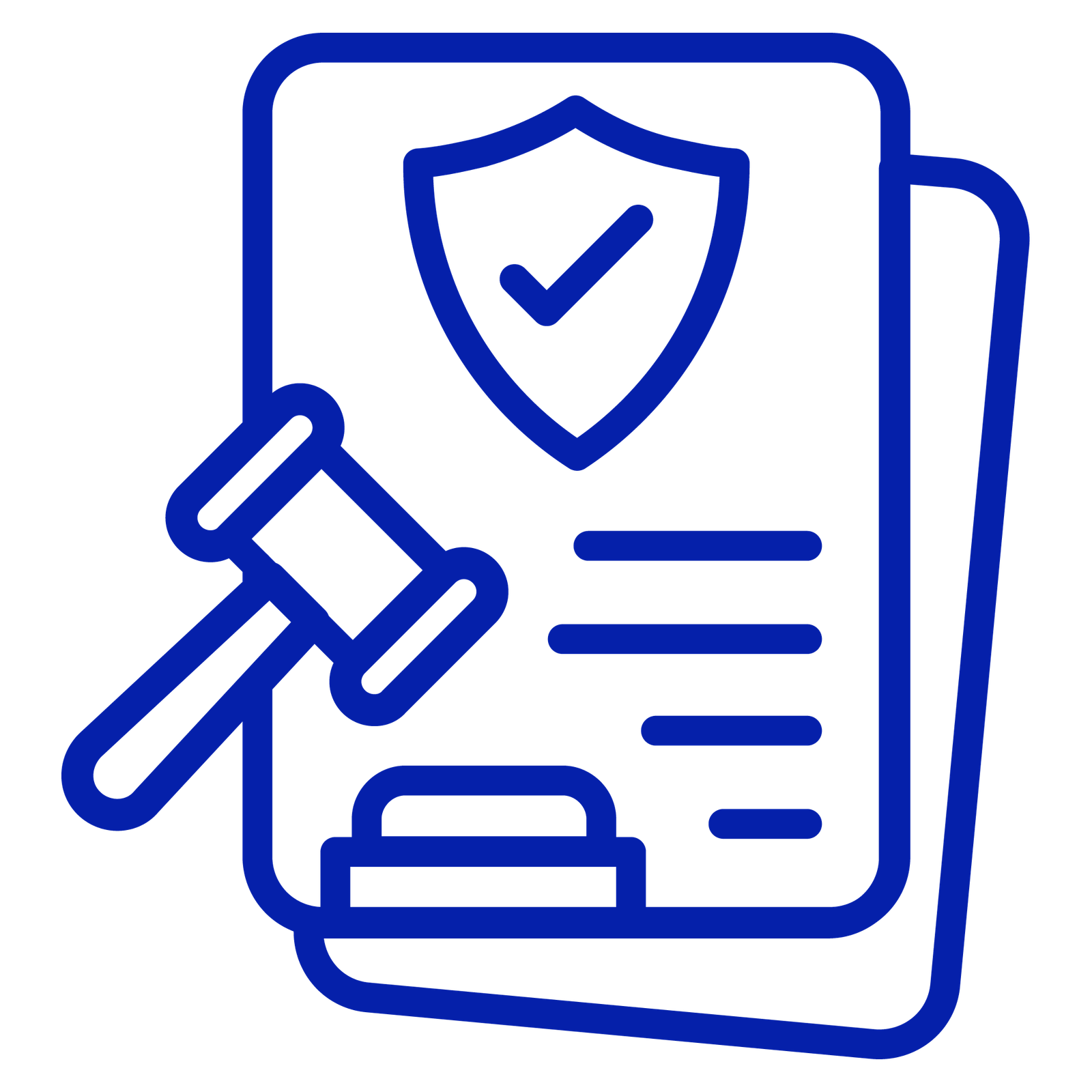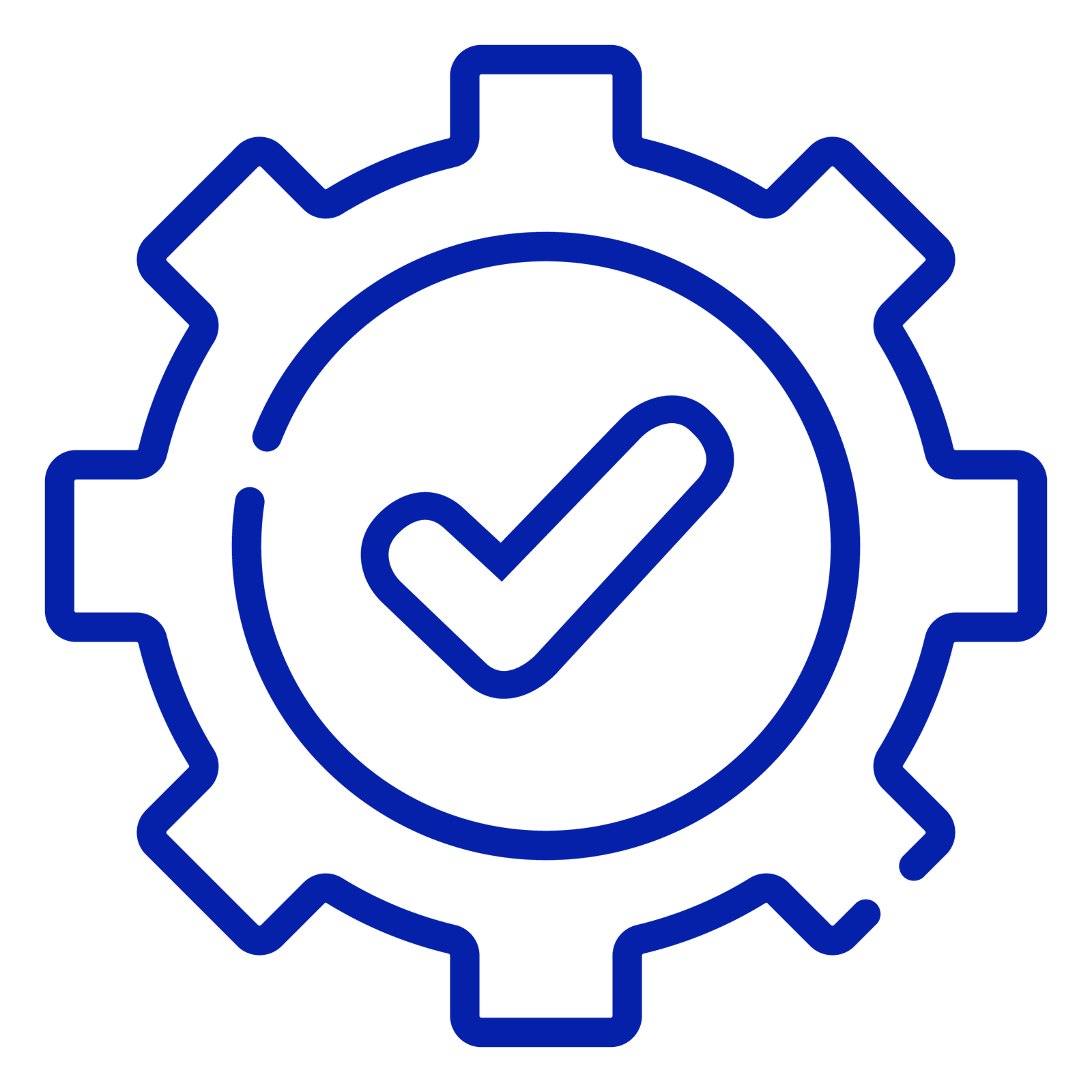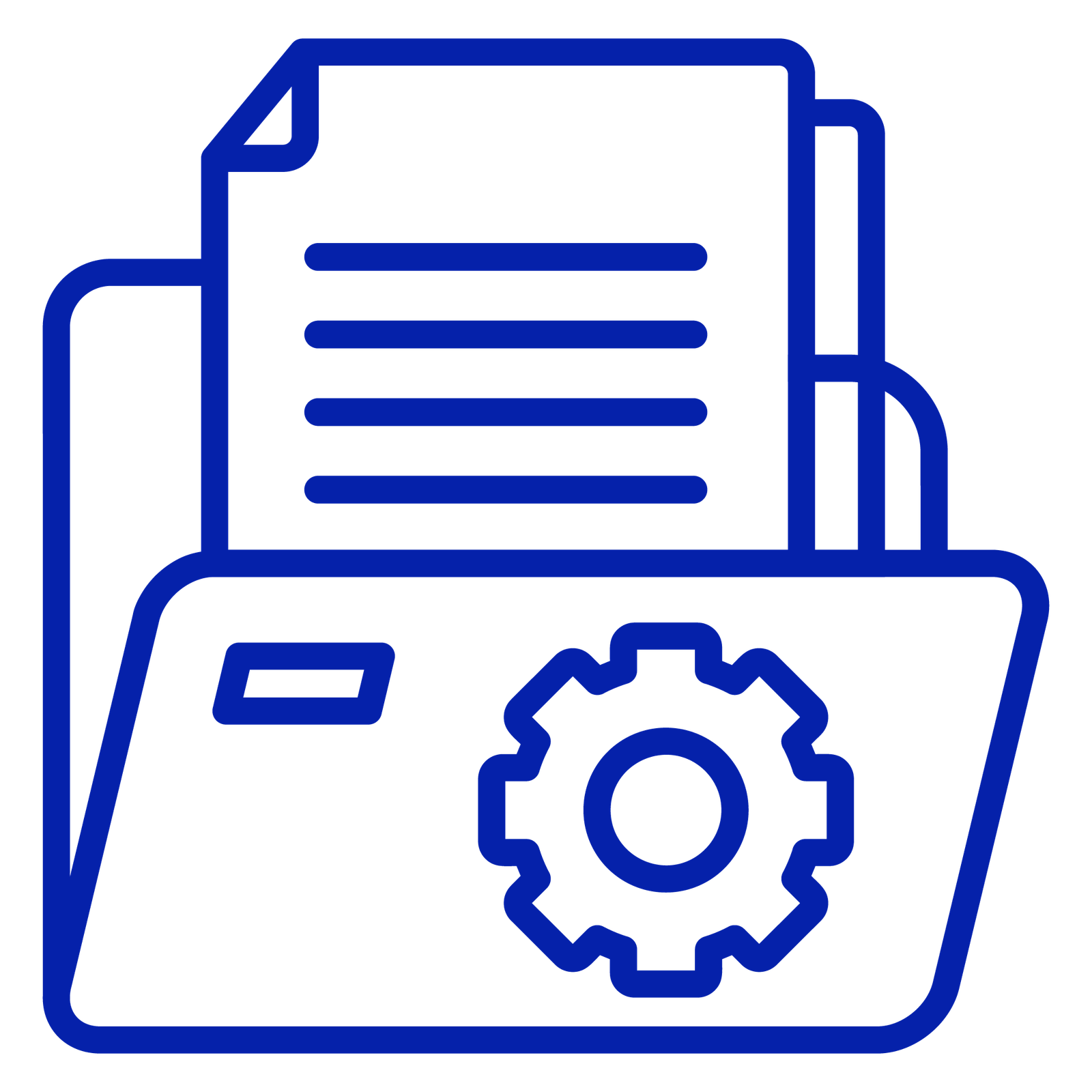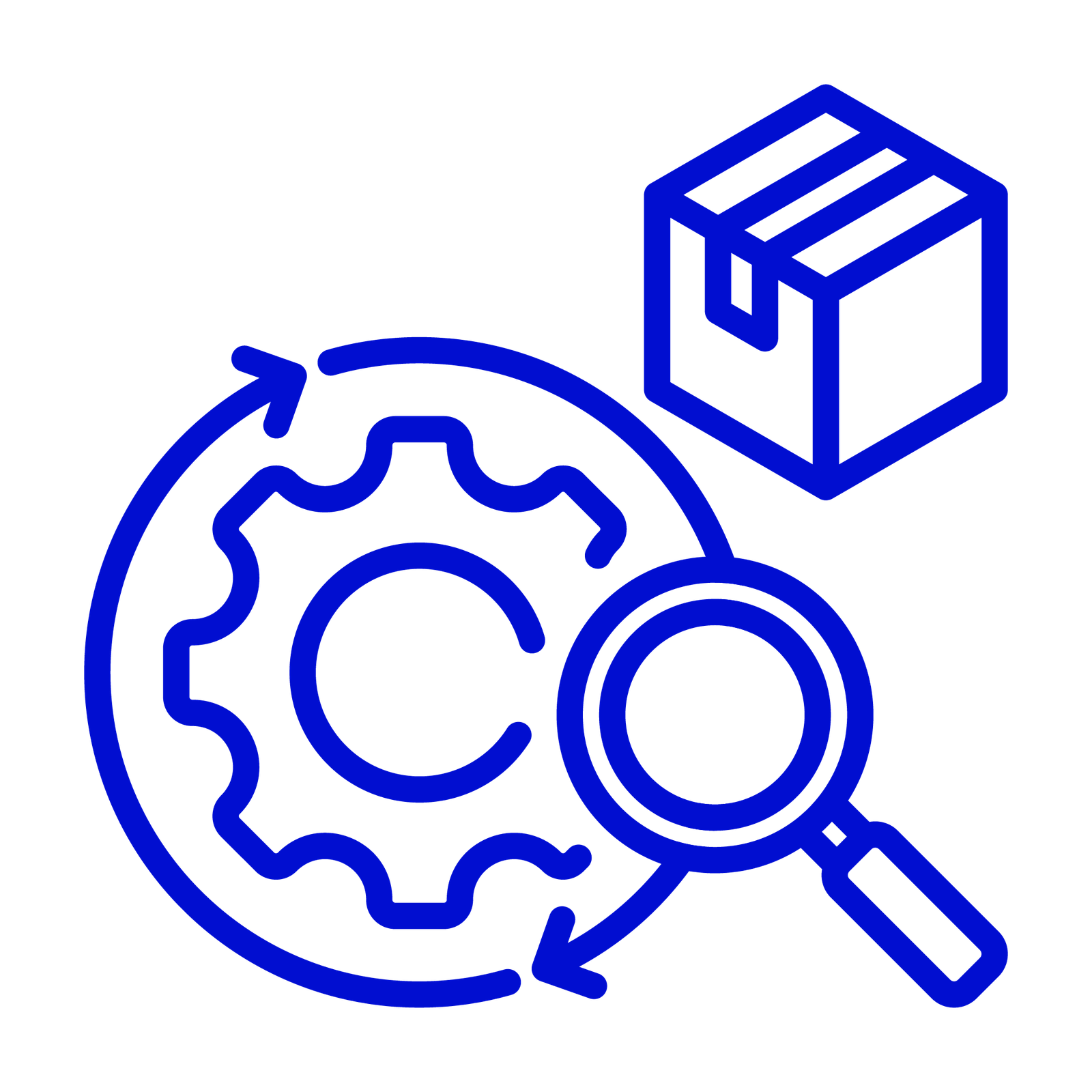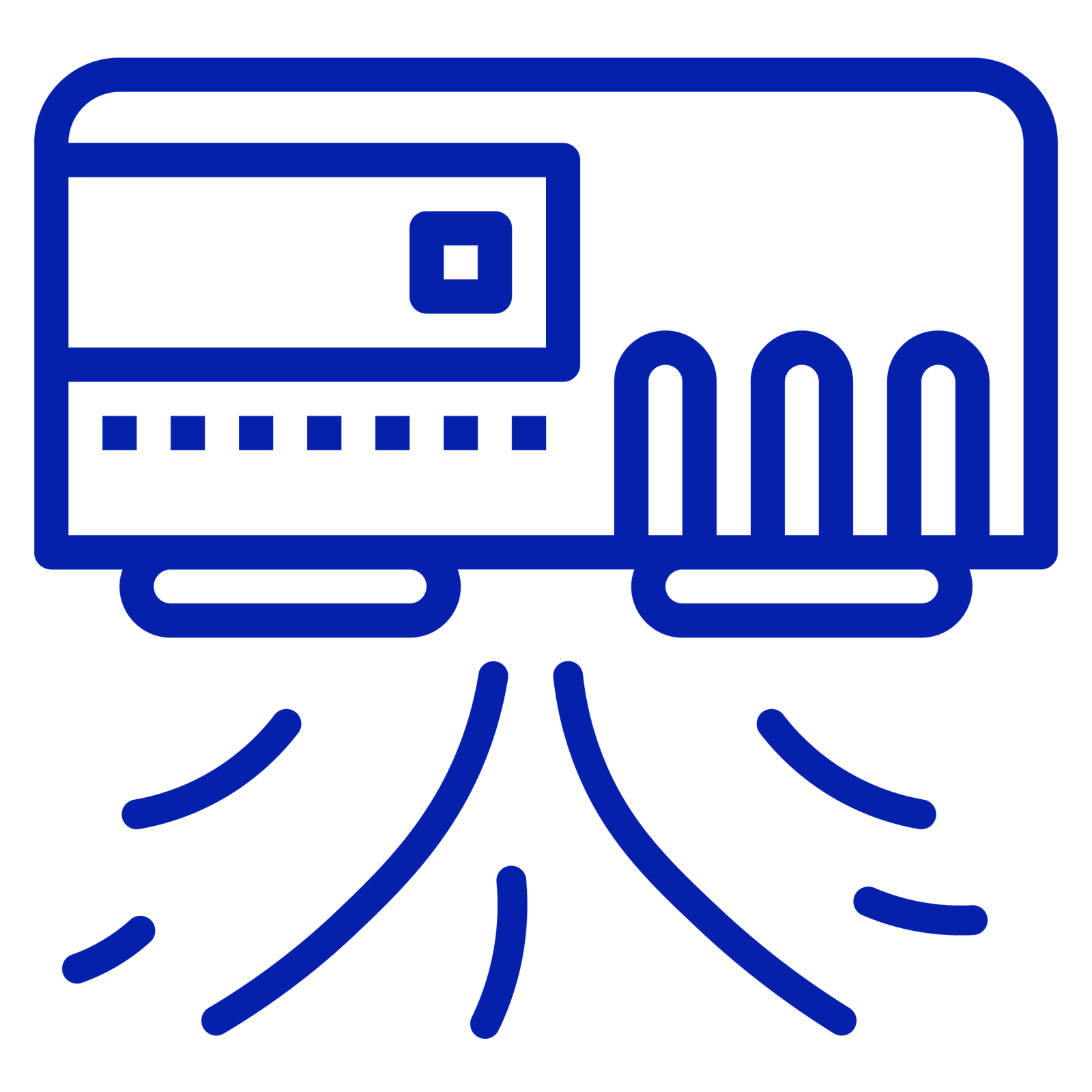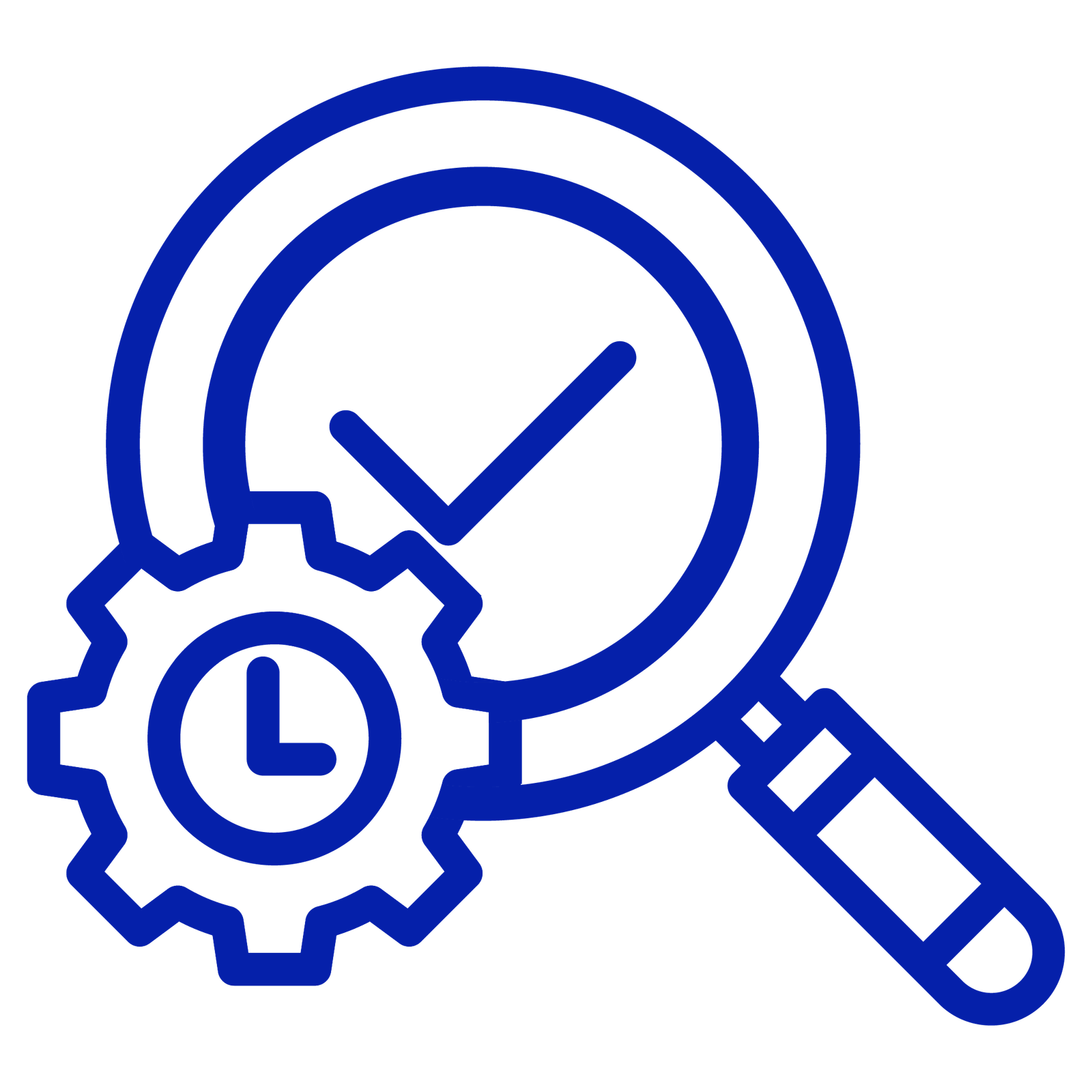
The growing favor of e-learning through Electronic Learning Management Systems software has gained significant traction across various industries, especially in the pharmaceutical sector. As one of the most vital sectors in Europe and other economies, the pharmaceutical industry has seen rapid growth in recent years. After the pandemic, healthcare and vaccination became top priorities for many countries. However, the urgency extended to other essential medicines in the market as well.
In this fast-paced environment, pharmaceutical LMS has become a critical feature for training new personnel and offering certifications to ensure that workers are prepared to handle the increasing demands of the sector. As the pharmaceutical industry continues to expand, the need for a skilled workforce is rising steadily. According to the most recent MarketsandMarkets report:
“The LMS market is projected to grow from USD 24.7 billion in 2025 to USD 50.5 billion by 2030, at a CAGR of 15.3%.”
While LMS adoption has been widely appreciated across the pharmaceutical sector, certain operational gaps remain, leading to issues with compliance and training effectiveness.
The Ground Reality
Although Learning Management Software (LMS) for the pharmaceutical industry has considerably enhanced training processes, several emerging challenges have surfaced. One prominent issue is the phenomenon of users completing training without thoroughly engaging with the content of Standard Operating Procedures (SOPs).
In traditional SOP training, users are required to spend a minimum amount of time (typically 30-40 minutes) to ensure that they understand the content properly and remain compliant with regulatory standards. However, many users bypass this requirement, completing the training in as little as 2 to 3 minutes, which significantly undermines the effectiveness of training and poses considerable compliance risks. This behavior often stems from insufficient engagement with crucial SOP content, thereby endangering overall operational safety and compliance.
This article addresses this challenge by exploring how the implementation of time and content validation features in digital Learning Management Systems can provide a practical solution to these issues.
How does LMS address these Issues?
Modern pharma-focused LMS platforms now come equipped with smart compliance features like time and content validation, ensuring employees actually read and understand training materials instead of just clicking through.
1. Time Validation
Administrators can set a minimum duration for each training module within the LMS. This duration represents the time required for users to meaningfully engage with the content. Once the training is assigned, the system prevents early completion by enforcing this time requirement. This ensures that users spend enough time absorbing the material, particularly key SOPs, before they can mark the training as completed.
By using time validation, organizations can ensure that users are not simply rushing through the material. This ensures better understanding of the SOP content and reduces risks associated with incomplete training or non-compliance.
2. Content Validation
In addition to time validation, the pharmaceutical LMS also includes content validation features. These features track user interactions with every section of the training material. This tracking verifies that the user has engaged with the entire training content before they can move forward.
The system can include checkpoints or quizzes after certain training modules to verify understanding, along with compliance training. Only after users interact with all content and pass the necessary checkpoints will they be allowed to complete the training. This method ensures that users have not skimmed through important material or missed critical SOP details.
Endless Perks in One Place!
Implementing time and content validation within the LMS software not only addresses the problem of non-compliance but also brings several advantages to the pharmaceutical industry. Here are the important benefits:
1. Enhanced Compliance
By enforcing minimum time and ensuring that all content has been reviewed, LMS ensures that users follow the necessary SOP protocols, thereby eliminating gaps that might trigger compliance issues. This, in turn, ensures that the company stays aligned with regulatory requirements, reducing the risk of audit failures and penalties.
2. Improved Training Quality
Time and content validation encourage users to dedicate the appropriate time to training, improving their retention and comprehension of important SOPs. This leads to better-informed employees and reduces the likelihood of errors in day-to-day operations, resulting in a more effective workforce.
3. Audit Readiness
LMS platforms with validation features provide comprehensive data on training completion. These records include detailed logs of who completed which training, for how long, and which content was reviewed. This makes it easier for organizations to demonstrate compliance during regulatory inspections or audits.
Having clear, accessible records of training history not only helps during audits but also enables organizations to maintain continuous audit readiness, which is crucial in the highly regulated pharmaceutical sector.
4. Efficient Resource Utilization
When training is verified and complete, managers and trainers can shift focus from monitoring and micromanaging training sessions to more valuable tasks. With thorough and accurate training data, resource utilization becomes more efficient, contributing to overall operational productivity.
Summing Up
The impact of pharmaceutical Learning Management Software (LMS) is most visible in how it aligns with modern training and development goals. A recent industry study revealed that over 65% of pharmaceutical companies globally have already adopted LMS solutions to increase flexibility and value in employee training, regardless of company size.
“As of 2025, approximately 15% of healthcare and pharma companies globally are using LMS platforms with compliance validation features.”
For pharmaceutical companies, AmpleLogic’s LMS software takes a practical and comprehensive approach to address compliance challenges caused by incomplete SOP training. By ensuring that every user spends the required time and engages with all the necessary content, AmpleLogic helps pharma companies deliver training that is not only audit-ready but also highly effective. The result? Better-trained employees who truly understand critical SOPs, rather than just checking boxes.
If you’re still relying on paper trails and shared folders, it’s absolutely time to switch to eLMS. A quick demo with our team will clearly demonstrate just how easy this transition can be. For more valuable insights, visit Amplelogic Resources!

